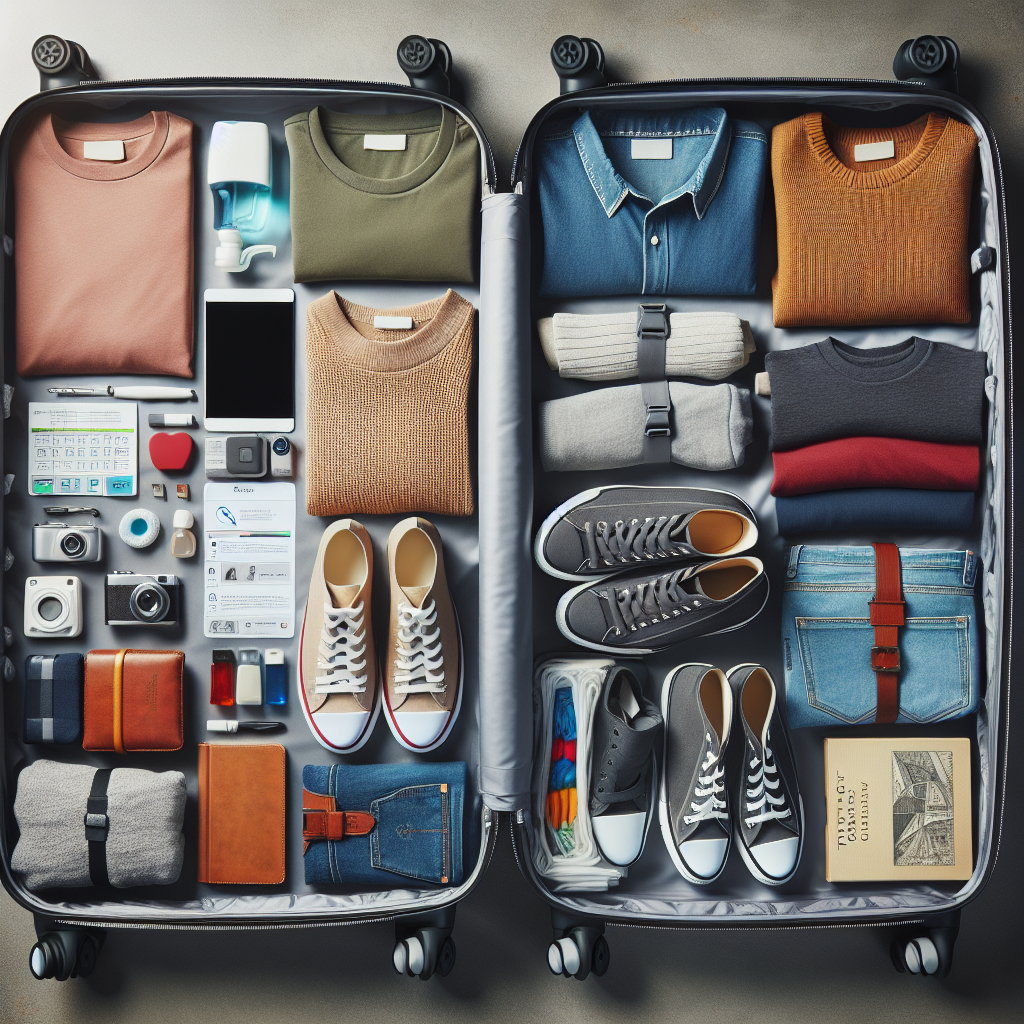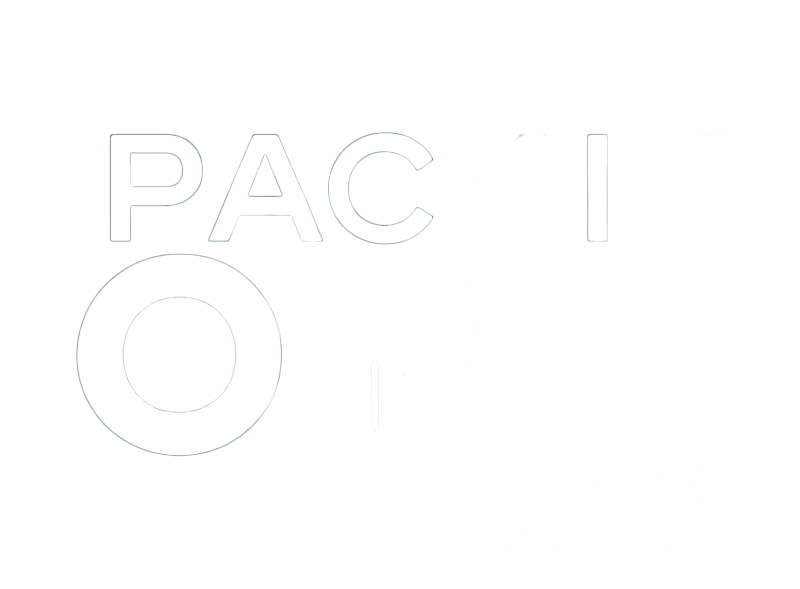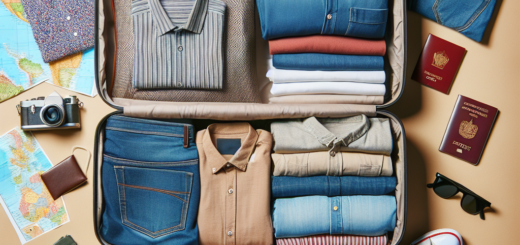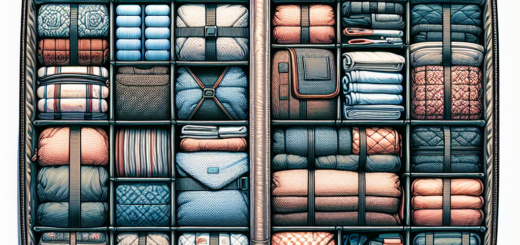Packing Luggage Tips

Imagine this: you’re about to embark on an exciting adventure, whether it’s a weekend getaway, a tropical cruise, or a thrilling hiking expedition. The anticipation builds as you envision all the amazing experiences you’ll have and the memories you’ll create. But before you can embark on this journey, there’s one important task you must tackle – packing your luggage. Ah, the dreaded task of deciding what to bring and how to fit it all in! But fear not, dear traveler, for in this article, you’ll discover a treasure trove of invaluable tips and tricks that will transform this daunting chore into a breeze. So grab your suitcase, take a deep breath, and get ready to conquer the art of packing like a pro.
Essential Items
Clothing
When it comes to packing clothing, it’s important to consider the weather at your destination and the activities you’ll be engaging in. Choose clothes that are versatile and can be mixed and matched to create different outfits. Opt for lightweight and wrinkle-resistant fabrics to save space and avoid the need for ironing. Don’t forget essentials like underwear, socks, and sleepwear. It’s also a good idea to pack a few spare clothing items in case of emergencies or unexpected changes in weather.
Toiletries
Toiletries are essential for maintaining hygiene and personal care while traveling. Consider the duration of your trip and pack travel-sized versions of your favorite toiletries to save space. Some must-have toiletries include toothbrush and toothpaste, shampoo and conditioner, body wash or soap, facial cleanser, moisturizer, razor, and deodorant. Don’t forget to pack a towel or washcloth as well. Keep your toiletries organized in a toiletry bag or use ziplock bags to prevent spills.
Electronics
In today’s digital age, electronics are a crucial part of our travel experience. Make sure to pack your essentials such as a smartphone, charger, and headphones. If you plan on taking photos, don’t forget your camera and its accessories. If you rely on your laptop or tablet for work or entertainment, be sure to pack them as well. It’s also a good idea to bring a power bank to ensure you always have a backup source of power.
Medications
If you take any regular medications, make sure to pack an ample supply for the duration of your trip. It’s also a good idea to bring a copy of your prescriptions in case you need a refill while traveling. If you have any over-the-counter medications that you frequently use, such as pain relievers or allergy medications, pack those as well. Don’t forget to include any necessary medical supplies such as band-aids or a thermometer.
Organizing Techniques
Rolling vs Folding
When it comes to packing clothes, the debate between rolling and folding is a common one. Rolling clothes can help save space and prevent wrinkles. It’s especially useful for items like t-shirts, shorts, and lightweight fabrics. Folding, on the other hand, can be a better option for bulkier or heavier items such as jeans or sweaters. It’s all about finding the balance between maximizing space and minimizing wrinkles.
Packing Cubes
Packing cubes are a fantastic tool for staying organized while traveling. These lightweight and flexible bags come in various sizes and can help compartmentalize your belongings. Use them to separate different types of clothing, such as tops, bottoms, and undergarments. Packing cubes not only save space but also make it easier to find what you need without having to rummage through your entire suitcase.
Compression Bags
If you’re struggling to fit everything into your luggage, compression bags can be a game-changer. These bags allow you to remove excess air, reducing the volume of your clothes and creating more space. They are especially useful for items like winter coats or bulky sweaters. However, keep in mind that compression bags can lead to more wrinkling, so it’s best to use them for non-delicate items.
Use of Ziplock Bags
Ziplock bags are versatile and can serve multiple purposes when it comes to packing. They can be used to store small items like jewelry, electronic accessories, or toiletries to prevent them from getting lost in your suitcase. You can also use larger ziplock bags to separate dirty or wet clothes from the rest of your luggage. Additionally, ziplock bags can help protect your belongings from spills or leaks.
Maximizing Space
Use of Empty Spaces
When packing your suitcase, it’s important to utilize every inch of space efficiently. Look for empty spaces within your luggage, such as the insides of shoes or gaps between larger items. Fill these spaces with smaller items like socks, underwear, or accessories. By making use of these empty spaces, you can maximize the available space in your suitcase.
Stuffing Shoes with Socks
Shoes often take up a significant amount of space in a suitcase. To make the most of this space, remove the insoles from your shoes and stuff them with socks or small items. This not only saves space but also helps your shoes retain their shape during travel. You can further protect your shoes by placing them in shoe bags or wrapping them in a plastic bag to prevent dirt or residue from transferring to your clothes.
Rolling Clothes
Rolling clothes is a popular technique for saving space and minimizing wrinkles. Start by laying the item flat and then roll it tightly from one end to the other. This method is especially useful for t-shirts, shorts, dresses, and other lightweight garments. By rolling your clothes, you can fit more items into your suitcase and avoid the creases that often come with folding.
Utilizing Packing Techniques
There are several packing techniques that can help maximize space and keep your belongings organized. One technique is called the bundle method, where you layer clothes on top of one another and then fold them into a compact bundle. Another technique is called the “army roll,” where you fold items tightly and create a long, narrow shape. Experiment with different packing techniques to find the one that works best for your needs.
Weight Distribution
Heavy Items at the Bottom
When packing your suitcase, it’s important to distribute the weight evenly to prevent your bag from becoming top-heavy and difficult to maneuver. Place heavier items, such as shoes or toiletries, at the bottom of your suitcase. This creates a stable base and prevents your bag from tipping over. Lighter items, such as clothing, can be placed on top.
Evenly Distributing Weight
To ensure your bag is well-balanced, try to distribute the weight evenly on both sides of your suitcase. Avoid packing all heavy items on one side, as this can cause your bag to tilt to one side and affect its stability. By distributing the weight evenly, you’ll have an easier time carrying or rolling your suitcase.
Analyze Bag Weight Restrictions
Before you start packing, be sure to check the weight restrictions for your luggage. Airlines and other modes of transportation often have specific weight limits for both carry-on and checked luggage. Keep these limits in mind to avoid extra fees or the need to repack at the airport. Investing in a luggage scale can also help you accurately measure the weight of your bag before you leave.
Using Packing Weights or Scales
If you’re concerned about exceeding weight limits or simply want to keep track of the weight of your luggage, consider using packing weights or scales. These handy tools allow you to weigh your suitcase before and during your trip, ensuring that you stay within the weight limits. Packing weights or scales are especially useful for those traveling with multiple bags or who have strict weight restrictions to adhere to.
Travel-Specific Packing Tips
Carry-On Only
Traveling with just a carry-on can offer numerous benefits, such as avoiding checked baggage fees, saving time at the airport, and eliminating the risk of lost luggage. To pack efficiently for a carry-on only trip, prioritize versatile clothing that can be mixed and matched. Opt for lightweight and wrinkle-resistant fabrics and consider packing items that can be easily washed and dried if needed.
Check-in Luggage Tips
When checking in luggage, it’s important to secure your belongings and make them easily identifiable. Consider using luggage straps or locks to keep your suitcase secure. Additionally, attach a luggage tag with your contact information to ensure your bag can be returned to you if it gets lost. It’s also a good idea to pack a change of clothes and essential toiletries in your carry-on, just in case your checked luggage is delayed or misplaced.
Backpacking Tips
Backpacking often requires a different approach to packing compared to traditional travel. Since backpackers carry their belongings on their backs, it’s crucial to pack light and only bring the essentials. Invest in a high-quality backpack that provides ample storage, organization, and comfort. Stick to lightweight clothing and minimize the number of pairs of shoes you bring. Pack versatile items that can be worn multiple times and consider packing quick-drying fabrics.
Camping Essentials
If you’re going on a camping trip, packing the right gear is crucial. Along with the basics like a tent, sleeping bag, and camping stove, there are a few other essentials to consider. Pack appropriate clothing for the weather conditions and consider layering to stay warm. Don’t forget essentials like a headlamp, bug spray, sunscreen, and a first aid kit. Additionally, bring camping-specific items like a camping pillow, camping utensils, and a portable water filter.
Travel Documents and Valuables
Carry Important Documents on Person
When traveling, it’s important to keep essential documents such as your passport, ID, and travel itinerary easily accessible and secure. Consider using a travel wallet or passport holder to keep these documents safe and organized. It’s also a good idea to make photocopies of important documents and keep them separate from the originals. If possible, consider using a money belt or hidden pouch to prevent theft.
Backup Soft Copies
To avoid the stress and inconvenience of losing important documents or valuables, make digital copies of your travel documents. Scan or take photos of your passport, ID, travel insurance, and any other important documents. Store these copies on a secure cloud storage platform or carry them on a USB drive. This way, if your physical copies are lost or stolen, you’ll have easy access to the digital copies.
Securing Valuables
When traveling, it’s important to keep your valuables secure to prevent loss or theft. Invest in a small combination lock or travel lock to secure your luggage. If you’re staying in accommodation that doesn’t provide a safe, consider using a portable travel safe or lockable bag to store your valuables. Additionally, avoid wearing flashy or expensive jewelry that might attract unwanted attention.
Avoiding Wrinkles and Damages
Use of Packing Folders
Packing folders are a great tool for keeping your clothes organized and wrinkle-free. These folders allow you to fold your clothes in a specific way, reducing the chance of wrinkles during transit. Place your folded clothes inside the packing folder and secure it with the provided straps. Packing folders are especially useful for business travelers or those who prefer a more polished look while on the road.
Plastic Covers for Liquids
To prevent leaks and spills, it’s important to pack liquids properly. Place all liquid containers in a ziplock bag, and for an added layer of protection, consider using plastic covers. These covers can be easily found in most travel stores and are designed to prevent leaks even if the lid of your liquid container comes loose.
Protect Fragile Items
If you’re traveling with fragile items, such as electronics or glassware, it’s important to take extra precautions to protect them from damage. Use padded cases or sleeves to protect electronics, and consider wrapping fragile items in clothing or packing them in bubble wrap. Additionally, be mindful of how your luggage is handled and consider investing in hard-shell suitcases for added protection.
Insure Valuables
If you’re traveling with valuable items, such as expensive camera equipment or jewelry, it’s a good idea to insure them. Check with your insurance provider to see if your homeowner’s insurance or renter’s insurance covers your belongings while traveling. If not, consider purchasing travel insurance that includes coverage for personal belongings. This provides peace of mind knowing that your valuables are protected in case of loss, theft, or damage.
Tips for Different Weather Conditions
Warm Climate Packing
When traveling to warm climates, it’s important to pack lightweight and breathable clothing. Opt for fabrics like cotton, linen, or moisture-wicking materials. Pack lightweight and versatile items that can be layered if needed. Don’t forget essentials like sunscreen, sunglasses, a hat, and a swimsuit. It’s also a good idea to bring a light jacket or cardigan in case the evenings are cooler than expected.
Cold Climate Packing
Traveling to cold climates requires packing clothes that will keep you warm and protected from the elements. Layering is key, so pack thermal or moisture-wicking base layers, insulating mid-layers like sweaters or fleeces, and a waterproof and windproof outer layer. Don’t forget cold weather accessories like gloves, scarf, hat, and warm socks. Consider packing items that can be easily layered and mixed and matched to create different outfits.
Rainy Season Packing
Traveling during the rainy season requires extra preparation to stay dry and comfortable. Pack a lightweight, waterproof rain jacket or poncho to protect yourself from the rain. Choose quick-drying clothing that won’t stay wet for too long. Consider packing a small umbrella or a compact travel umbrella for added protection. Sturdy waterproof shoes or boots are also essential to keep your feet dry and comfortable.
Efficient Packing Strategies
Layered Packing Method
The layered packing method involves laying your clothes flat in the suitcase, with the heaviest and largest items on the bottom. Build layers by placing clothes on top of each other, alternating the direction of each layer. This method helps distribute weight evenly and prevents items from shifting during travel. It also allows for easy access to specific items without having to unpack your entire suitcase.
Outfit Planning
Before you start packing, plan your outfits in advance to minimize excess clothing and maximize versatility. Consider the activities you’ll be doing and choose clothes that suit each occasion. Mix and match tops and bottoms to create different outfits with fewer items. By planning your outfits, you’ll avoid overpacking and ensure you have appropriate clothing for each day of your trip.
Mix & Match Clothing
When selecting clothing to pack, choose items that can be mixed and matched to create multiple outfits. Stick to a color scheme that allows for easy coordination. This way, you can create different looks by layering, adding accessories, or changing up your bottoms. Opting for versatile items will save space in your suitcase and ensure you have plenty of outfit options.
Choosing Versatile Items
When packing, prioritize versatile items that can be worn in various settings and climates. Look for clothing that can be dressed up or down, such as a lightweight dress that can be worn during the day with sneakers or dressed up with heels for a night out. Choose items that can be layered or adjusted to accommodate different weather conditions. By packing versatile items, you’ll have more flexibility with your outfits while traveling.
Avoiding Overpacking
Create a Packing List
One of the best ways to avoid overpacking is by creating a detailed packing list. Start by listing the essentials, such as clothing, toiletries, electronics, and medications. Then, assess your itinerary, weather conditions, and planned activities to determine what additional items you may need. Having a list ensures that you don’t forget anything important and helps you stay focused on what you truly need.
Pack Multi-Functional Items
To save space and avoid excess items, pack multi-functional items that can serve multiple purposes. For example, a sarong can be used as a beach cover-up, a towel, or a scarf. Consider items that can be worn in different ways or have multiple uses. This way, you’ll maximize the value and minimize the number of items you need to pack.
Limiting Non-Essential Items
While it’s tempting to pack everything you think you might need, it’s important to be mindful of your luggage space. Limit the number of non-essential items you pack, such as extra shoes, bulky accessories, or items that you can easily purchase at your destination. Focus on packing what you need rather than what you might use. This will save space in your luggage and make it easier to keep track of your belongings.
Leave Room for Souvenirs
When packing, it’s important to leave some room in your luggage for souvenirs or items you may acquire during your trip. Consider packing a foldable duffel bag or an extra empty suitcase that you can use for additional items on your return journey. This way, you won’t have to worry about exceeding weight limits or struggling to fit everything into your luggage when it’s time to go home.
In conclusion, efficient and strategic packing is essential for any type of travel, whether it’s a short getaway or a long-term adventure. By organizing your items effectively, maximizing space, and distributing weight appropriately, you can optimize your travel experience and ensure a stress-free journey. Remember to plan your outfits, pack versatile items, and be mindful of your luggage’s weight and size restrictions. By following these tips, you’ll be well-prepared and ready to embark on your next travel adventure.



